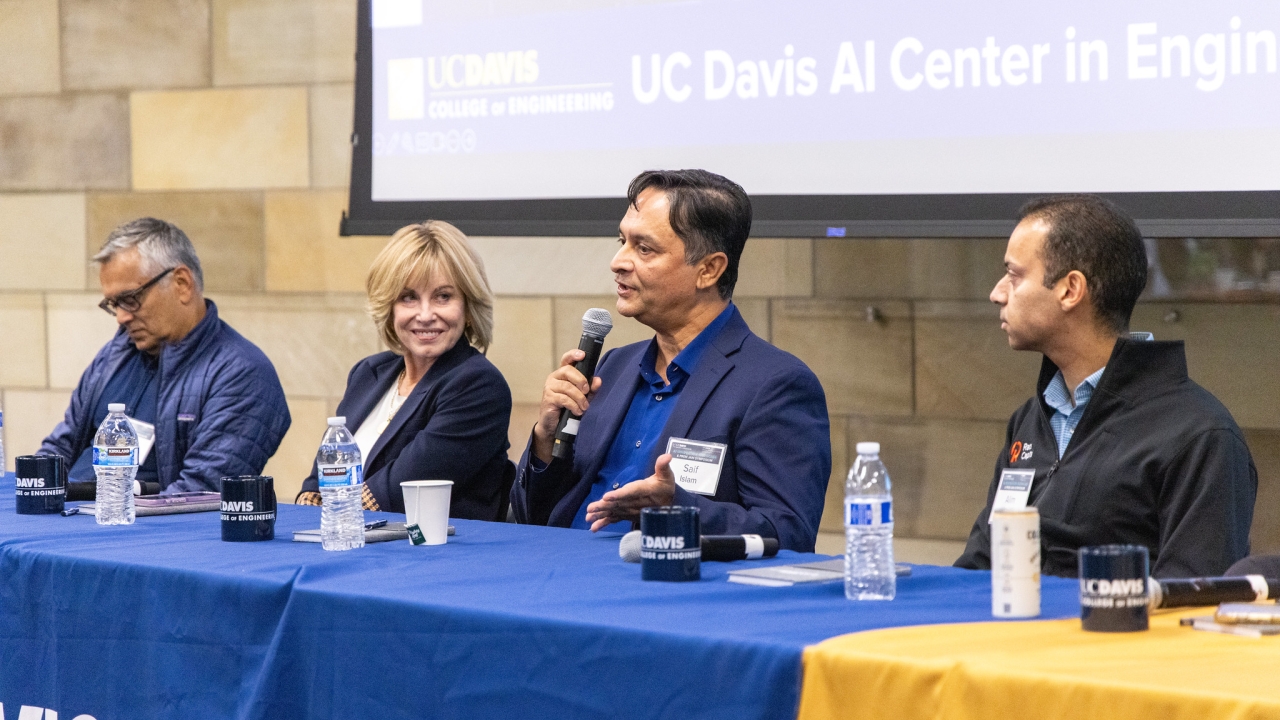Biography: Richard M. Christensen
During an extensive and busy career that began when he earned his doctorate in engineering mechanics at Yale in 1961, Research Emeritus Professor Richard M. Christensen obtained four patents and wrote two books and 100 journal articles on topics as diverse as properties of polymers, kinetic crack growth and life prediction and durability. His works have been cited by more than 1,100 other authors, and he remains a go-to scientist in the field of mechanics of materials.
Both his books — Theory of Viscoelasticity and Mechanics of Composite Materials — have been translated into other languages, and are widely recognized in the international scientific community.
Christensen focuses on “failure criteria,” specifically the circumstances under which various materials shift from “safe” (acceptable) states of stress to states of certain failure. This work is detailed extensively at his own Web site — failurecriteria.com — which, among its many other sections, outlines future topics of research such as designing with brittle materials and the theoretical (ideal) strength of materials.
His academic career began at UC Berkeley, where he taught until 1967, when he accepted a seven-year position as staff research engineer with the Shell Oil Company. He then returned to academia, teaching at the University of Houston and Washington University, before returning to California: both as a chemist at the Lawrence Livermore National Laboratory, and a professor at UC Berkeley. He joined the UC Davis faculty in 1988, as a member of the College of Engineering’s (now defunct) Department of Applied Science. He remained at UC Davis until July 1994, at which point he became professor research emeritus at Stanford University.
Christensen was elected to the National Academy of Engineering in 1987, for his work in continuum mechanics. His many awards and honors include the 1988 Worcester Reed Warner Gold Medal from the American Society of Mechanical Engineers (ASME); that same year, he also received the William Prager Medal for Research in solid mechanics, from the Society of Engineering Science. In 1992, he was installed as an Honorary Member of ASME, the highest honor conferred by that organization, in recognition of lifetime achievement. This was followed by ASME’s Nadai Medal in 2006, awarded in recognition of significant contributions and outstanding achievements that broaden the field of materials engineering.




